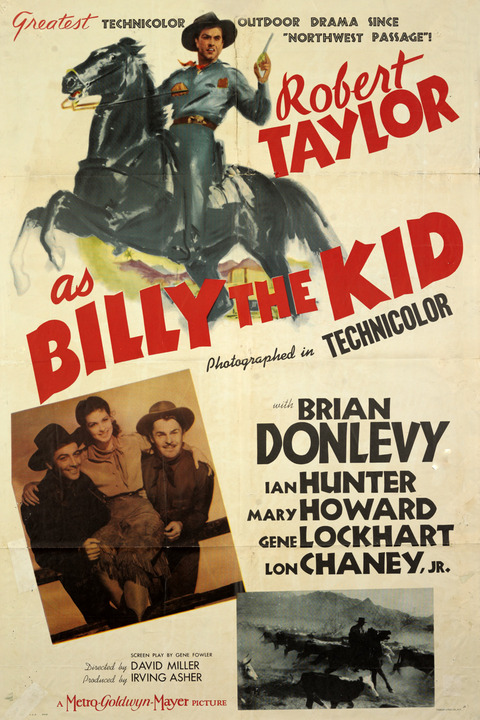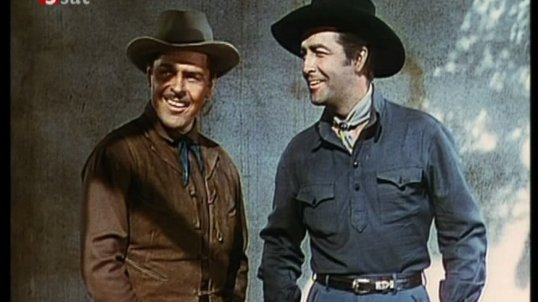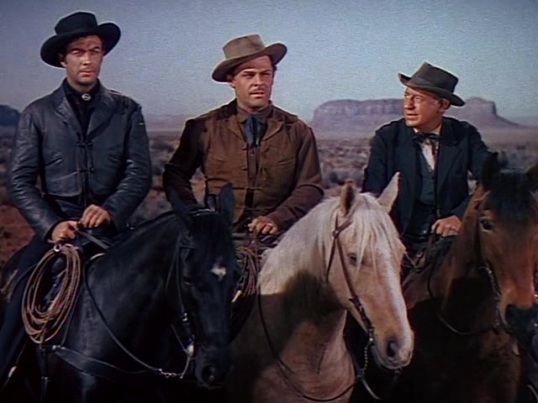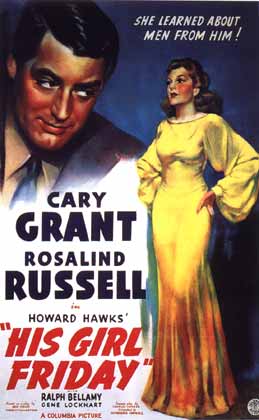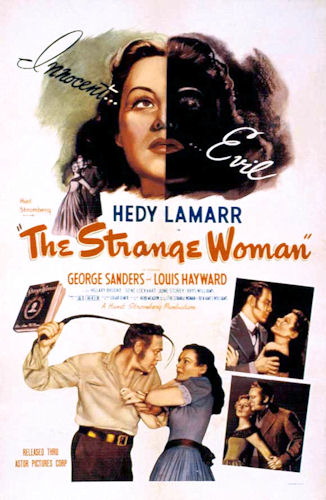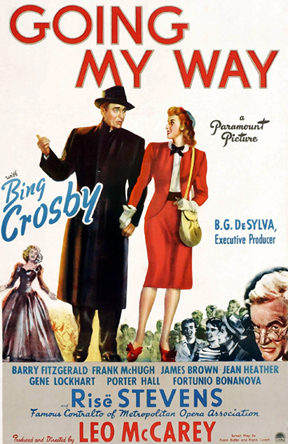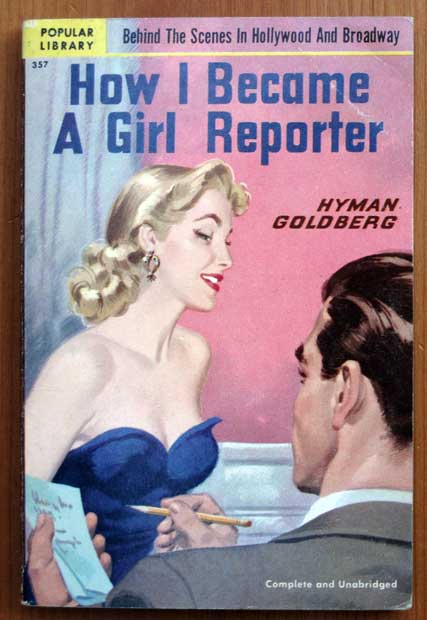I have to admit that One Foot In Heaven is a film that I probably never would have watched if not for the fact that it received an Oscar nomination for Best Picture.
This film from 1941 tells what I presume to be a true — or, at the very least, a true-ish — story. Fredric March plays William Spence. The film opens in 1904 with Spence explaining to his future in-laws that he’s spontaneously decided to drop out of medical school because he feels that he’s been called to become a Methodist minister. Though no one is happy or particularly encouraging about William’s decision to abandon the financial security of medicine to work as a minister, William feels that it’s what he was meant to do.
We follow William and his wife, Hope (Martha Scott), as they move from town to town, living in dingy parsonages and barely paying the bills by doing weddings. Though Hope is frustrated by the constant moving and the less-than-ideal living conditions, she remains supportive of William. They start a family and William goes from being a stern and somewhat judgmental man to becoming an inspiring minister. He even changes his opinion about the sinfulness of going to the movies. (All things considered, that’s probably for the best.) Eventually, William, Hope, and the family end up ministering to a congregation in Colorado. Determined to finally give his wife the home that she deserves, William tries to rebuild both the church and the parsonage. It turns out to be more difficult than he was expecting.
That’s pretty much the film. There’s not really much conflict to be found, until the final 30 minutes or so when William struggles to convince a bunch of snobs to help him achieve his dream of building a new church. The film opens with a title card thanking the Methodists for their help in the production of the film, which should tell you everything you need to know about the film’s attitude towards Protestantism. William does debate an agnostic at one point but it’s not much of a debate. William, after all, is played by the authoritative Fredric March while the agnostic’s name isn’t even listed in the credits. It’s a well-made film, in that sturdy way that many 1941 studio productions were, but — unless you’re just crazy about the history of Methodism — it’s not particularly interesting.
On the plus side, Fredric March gives a good performance as William Spence. March was one of the best actors of Hollywood’s Golden Age and he gives a sympathetic performance as a stern but well-meaning man who respects tradition but who is still willing to admit that he has much to learn. Probably the film’s most effective scene is when William reluctantly watches a movie with his son. March captures William’s transformation from being a disapproving father to an entertained filmgoer. It’s one of the few moments when the film really feels alive.
So, how did One Foot In Heaven receive a Best Picture nomination in the same year that saw nominations for films like Citizen Kane, The Little Foxes, Suspicion, and The Maltese Falcon? One Foot In Heaven is well-made and totally uncontroversial. It’s the type of film that, if it were made today, it would probably be directed by Ron Howard and it would star someone like James Marsden or Garrett Hedlund. One Foot In Heaven is not particularly memorable but there’s nothing particularly terrible about it either and it probably felt like a “safe’ film to nominate. Still, it’s probably significant that One Foot In Heaven didn’t receive any nominations other than one for Best Picture. It lost that Oscar to another film about family, How Green Was My Valley.



